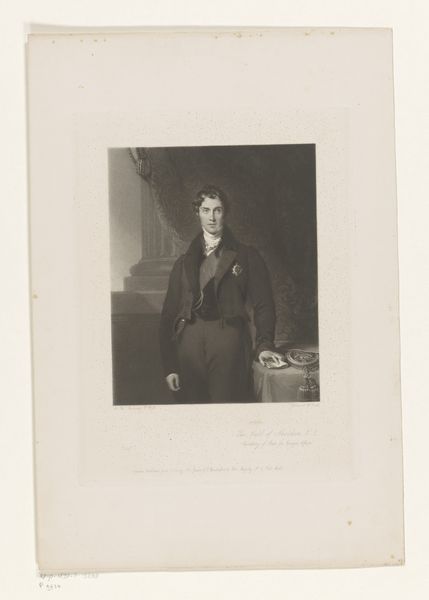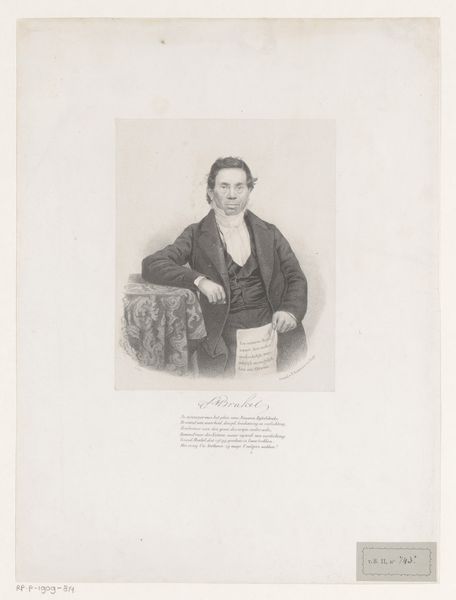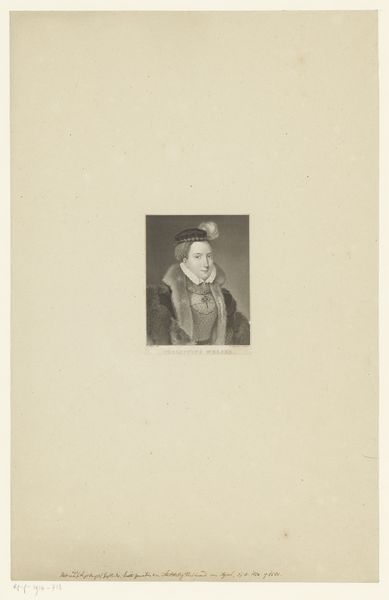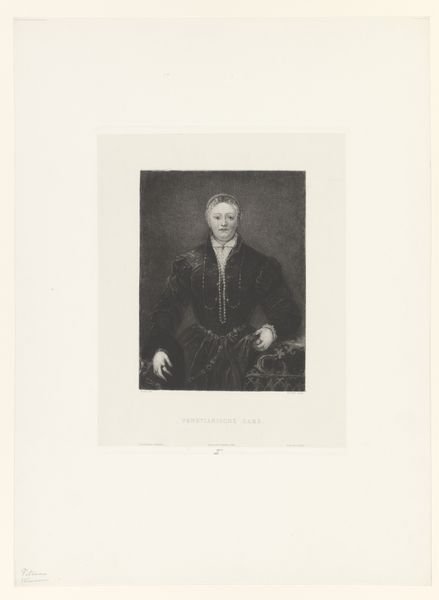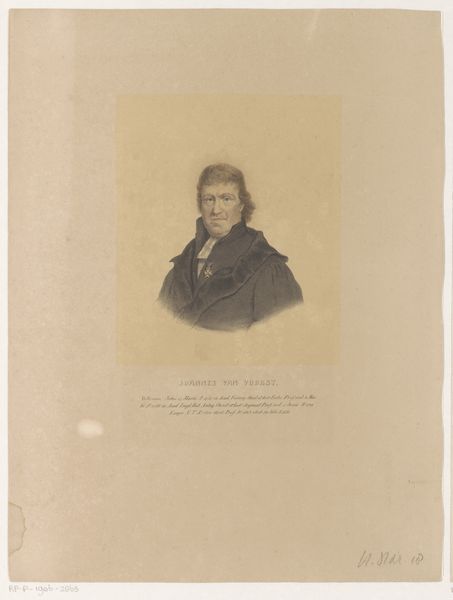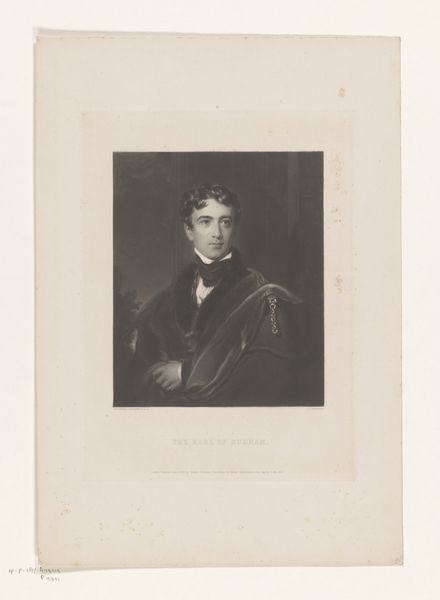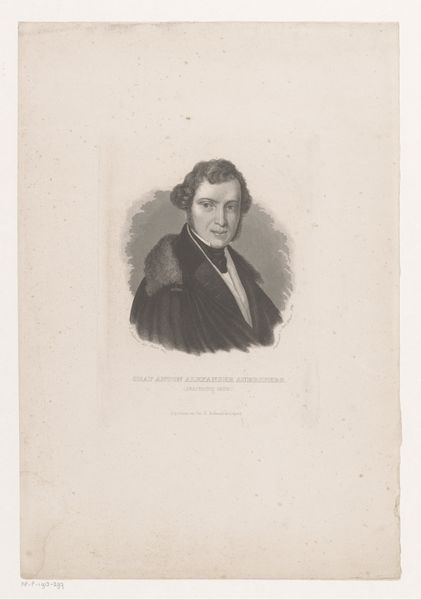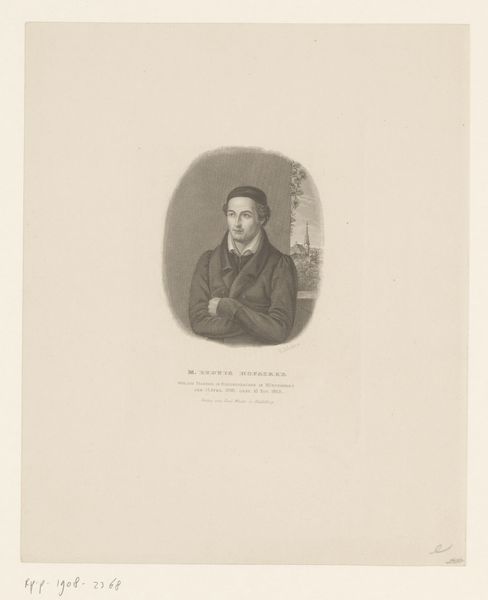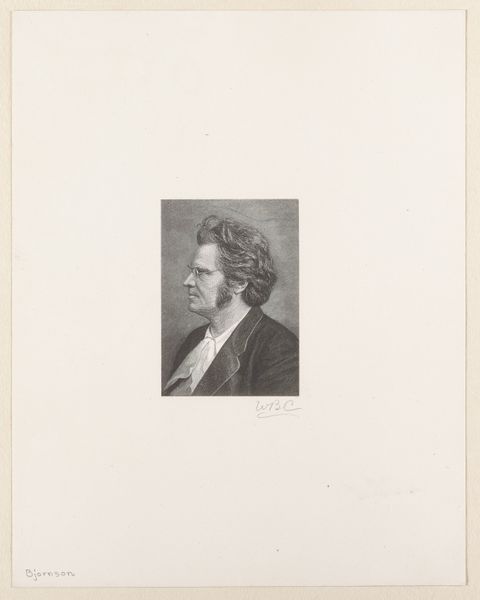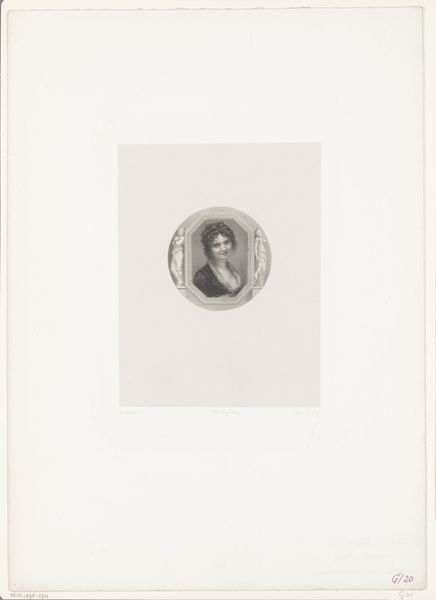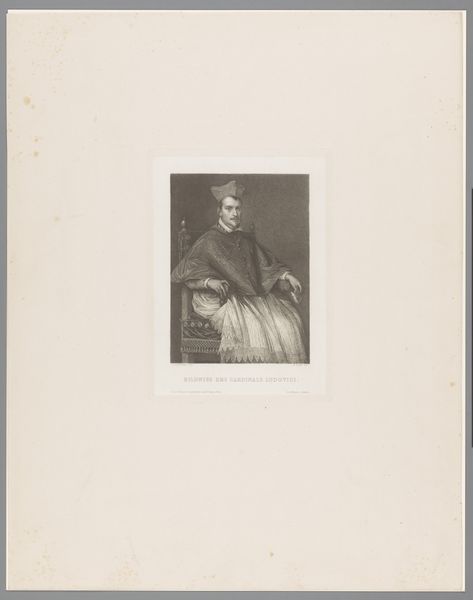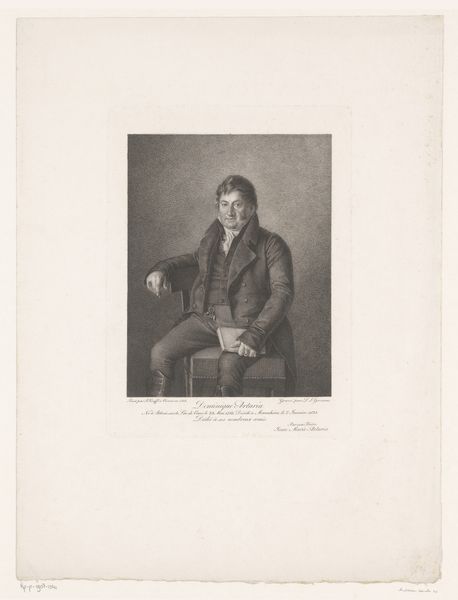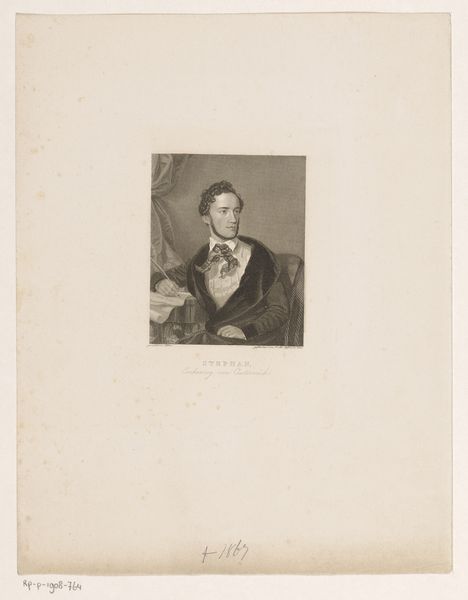
print, engraving
portrait
print photography
neoclacissism
engraving
realism
Dimensions: height 308 mm, width 228 mm
Copyright: Rijks Museum: Open Domain
Edward McInnes made this print of Henry Dundas, a powerful Scottish politician, sometime in the mid-19th century. Notice the strong contrast and somber tone – a visual language of respect and authority that was typical of portraits of the elite. Dundas was a controversial figure, especially in his role in delaying the abolition of slavery. As Home Secretary, he amended William Wilberforce's bill to include the word "gradual," which effectively postponed abolition and prolonged the suffering of enslaved people. His legacy forces us to ask: who gets remembered in art, and why? Understanding this image requires historical research into British politics, the abolition movement, and the networks of power that shaped both Dundas's career and the visual culture of his time. The National Portrait Gallery archives and period newspapers could reveal more about how Dundas was viewed then, and what this portrait was meant to convey. The meaning of art always depends on its social and institutional context.
Comments
No comments
Be the first to comment and join the conversation on the ultimate creative platform.
